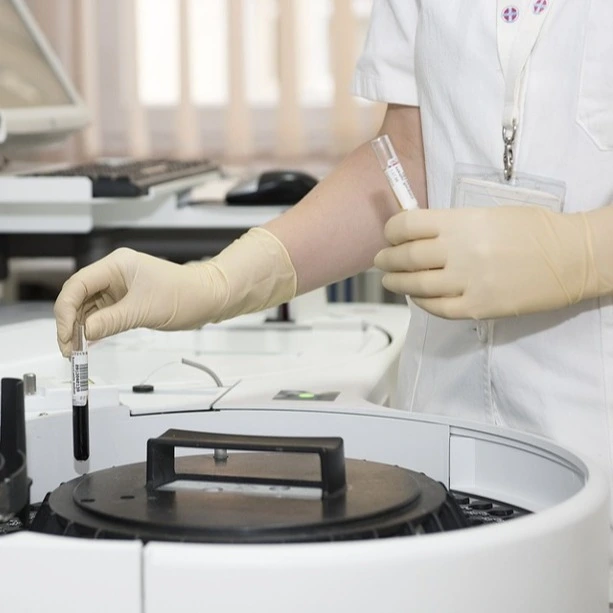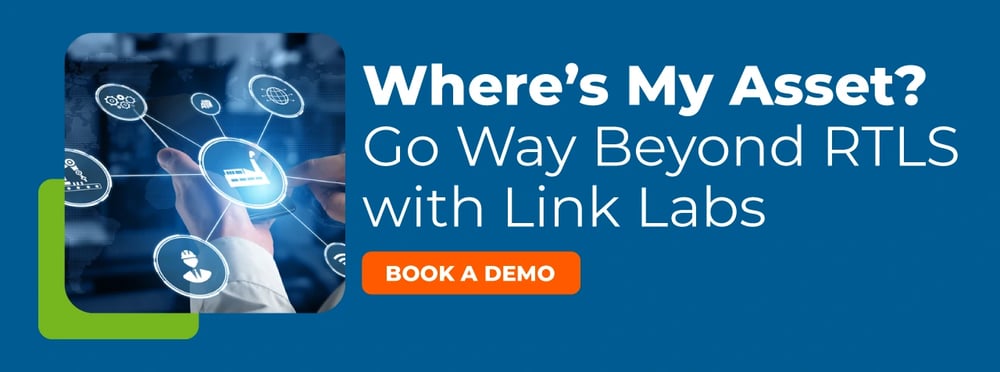Inventory management is essential for many industries. The healthcare industry in particular must have the right amount of equipment on-hand and readily available to make sure healthcare personnel can work efficiently to save lives. IoT (Internet of Things) is changing inventory tracking processes as IoT technology can help streamline protocols for finding specific healthcare equipment, and ensure equipment is at the right location at the right time. One way to monitor inventory is by managing PAR levels. Let’s look at how important it is to create and manage PAR levels in hospitals.
Creating PAR Levels
PAR (periodic automatic replenishment) levels help determine inventory levels in the hospital. One of the common mistakes in maintaining PAR levels is underestimating its importance. When creating PAR levels, inventory managers must establish the minimum and the maximum. Minimum PAR levels are the set number of units reached when reorders are needed. Maximum PAR levels ensure that inventory levels are not excessive. These levels are crucial because they prevent overspending, expiration, and waste.
To create PAR levels, hospitals must have access to data that they can rely on to verify that PAR levels are accurate. To ensure accuracy, many hospitals are turning to asset tracking systems that provide real-time information on the location of inventory on-hand and ready to use. Such systems also help users quickly visualize when inventory is getting low. Asset tracking systems also allow hospitals to obtain inventory reports. This data is essential for setting and maintaining PAR levels.
Join the AirFinder Difference!
- Innovation. Organizations can be freed up to innovate and bring more impactful products and services to market.
- Profitability. Increased profitability provides new opportunities to innovate and improve valuation.
- Digital Transformation. Discover competitive advantages, new revenue opportunities, improved customer relationships and increased efficiency.
PAR Level Management
Another necessary step in PAR level processes is managing them. Managing these levels can be time consuming and render errors when conducted manually. With asset tracking, users can manage inventory levels in real-time. Real-time tracking allows managers to monitor usage trends and update maximum or minimum levels.
Another key point to consider when setting PAR levels is remembering expiration dates when items come in. A common mistake when overstocking is not using up perishable items before expiration dates. Not only does this impact costs, but it provides an opportunity for malpractice. Tracking inventory with asset tags and labeling them in a software interface with expiration dates helps reduce or eliminate this risk.
Increase Efficiency in Healthcare with AirFinder
Manual PAR-level management can be a thing of the past by utilizing asset tracking. Link Labs’ AirFinder is an asset tracking platform that can assist hospitals with managing and creating PAR levels. With AirFinder, your hospital can provide quality of care, reduce costs, and improve process efficiencies through custom reporting and real-time location data. If you are interested in taking the next step in improving PAR level performance, book a demo with one of our experts.





